Dogs and wolves share an undeniable connection, with some breeds showcasing a more obvious wild lineage than others. From their sharp features to their primal instincts, these dogs hold onto traits that hint at their wolfish ancestors. Let’s explore the fascinating breeds that bridge the gap between domestic companions and untamed wolves.
1. Siberian Huskies Showcase Their Wolfish Ancestry
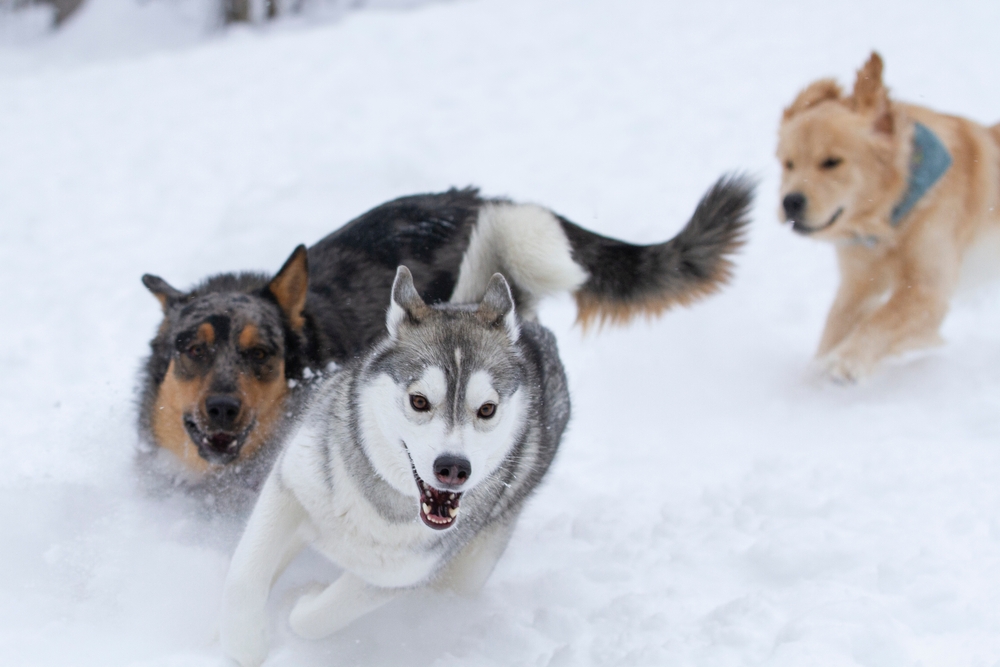
Siberian Huskies, with their piercing blue eyes and thick fur, could easily be mistaken for wolves from a distance. Originating from Siberia, they were bred to endure harsh climates and pull sleds, tasks that demanded resilience and stamina. Their high energy and occasional independent streak remind us of their wild roots. They thrive in packs and love being around their human families, but their howls are pure wolf magic.
2. Alaskan Malamutes Keep the Wolf Spirit Alive
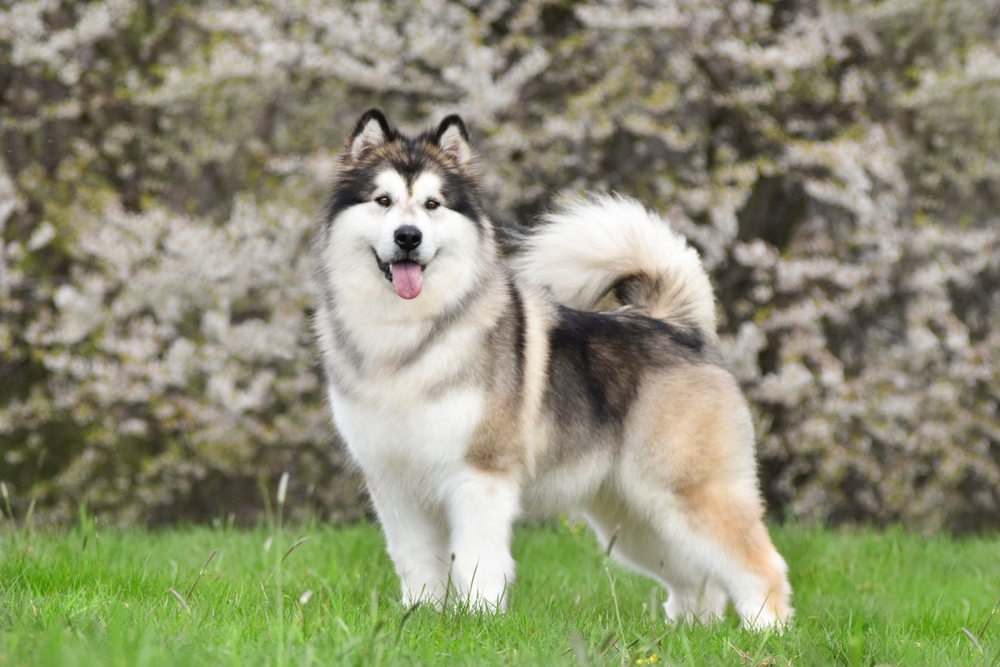
Bigger and fluffier than their Husky cousins, Alaskan Malamutes have an undeniable wolf-like charm. Bred as work dogs in Alaska, they have a long history of hauling heavy loads through unforgiving terrain. Their strong build and incredible endurance are clear nods to their wolf heritage. Despite their rugged appearance, Malamutes are gentle giants who adore their families.
3. German Shepherds Combine Loyalty with Wild Roots
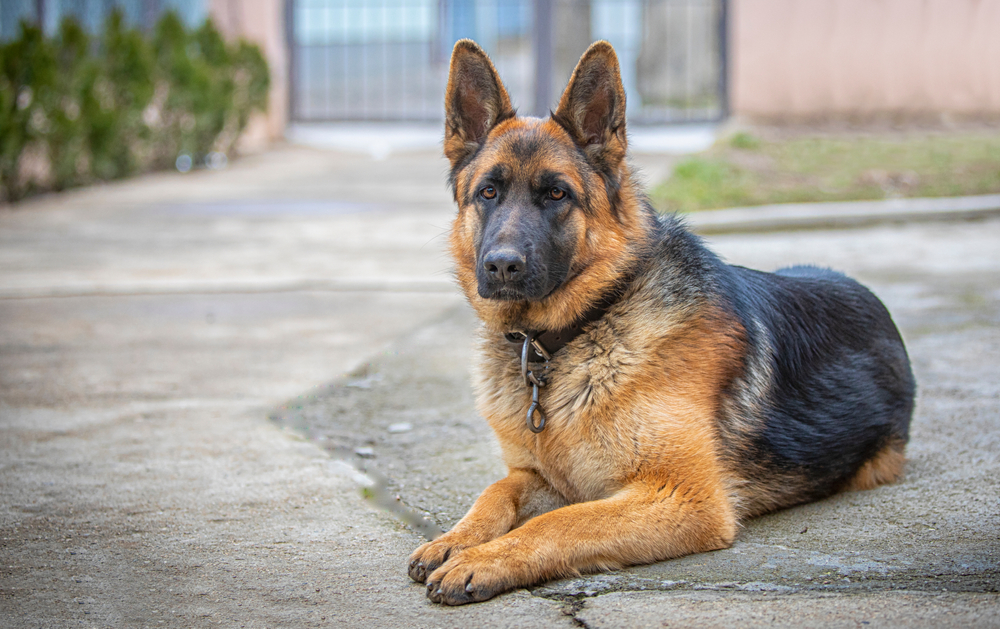
German Shepherds may be synonymous with police work, but their DNA carries traces of wolf ancestry. With their sharp intelligence and protective nature, they embody traits that wolves rely on in the wild. Originally bred in Germany for herding sheep, they’ve always been dependable companions with a touch of the untamed. Their loyalty runs deep, but their keen instincts keep them forever alert.
4. Shiba Inus Embrace Their Ancient Wolf-like Vibes
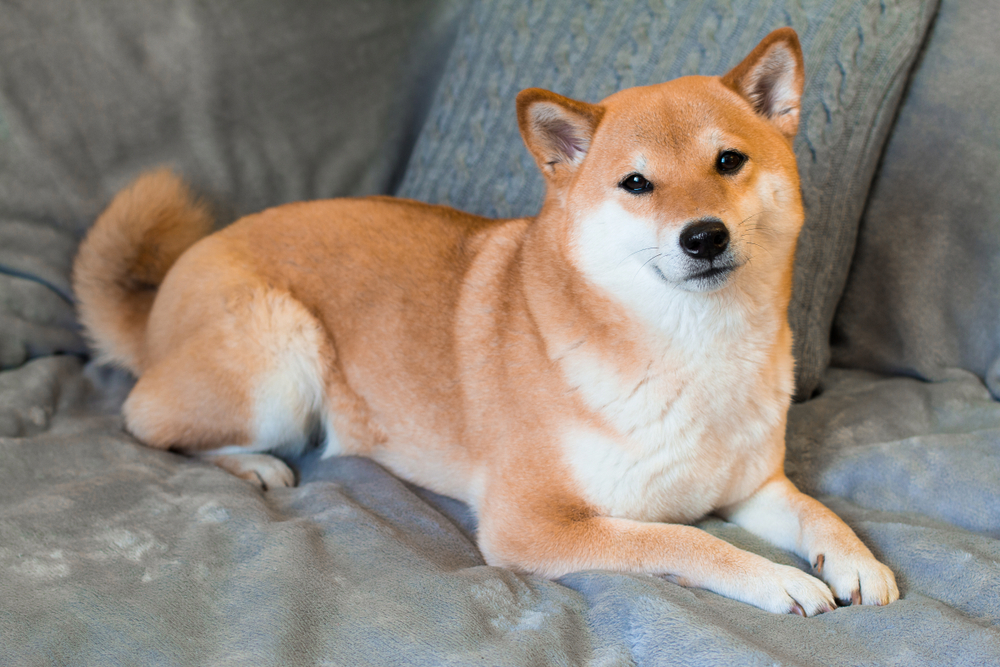
Compact yet fierce, Shiba Inus have a wolf-like presence wrapped in an adorable package. These dogs hail from Japan, where they’ve been around for centuries as hunters and companions. Their sharp features, pointed ears, and curly tails all hint at their ancestral lineage. Shibas are notoriously independent and stubborn, a personality trait that can feel distinctly wolfish.
5. Akitas Channel Wolf Energy with Dignity
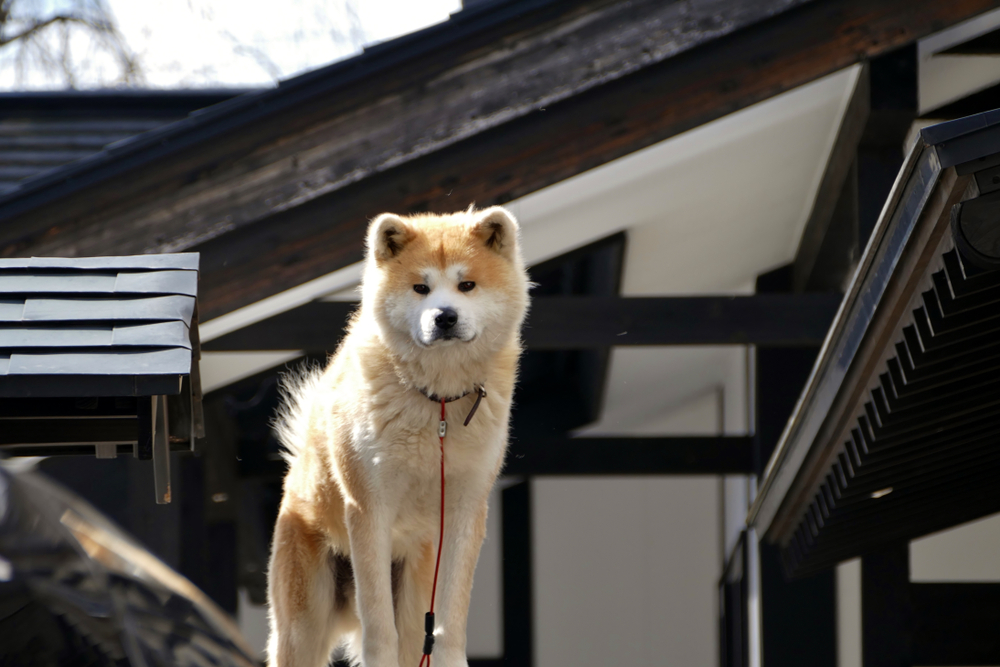
Akitas, another Japanese breed, exude power and confidence that mirrors their wild cousins. These dogs were originally used for guarding royalty and hunting large game, showcasing their strength and bravery. Their thick double coat and expressive eyes make them resemble their wolf ancestors. While they’re fiercely loyal to their families, they maintain a quiet dignity that commands respect.
6. Czechoslovakian Wolfdogs Blur the Line Between Wolf and Dog
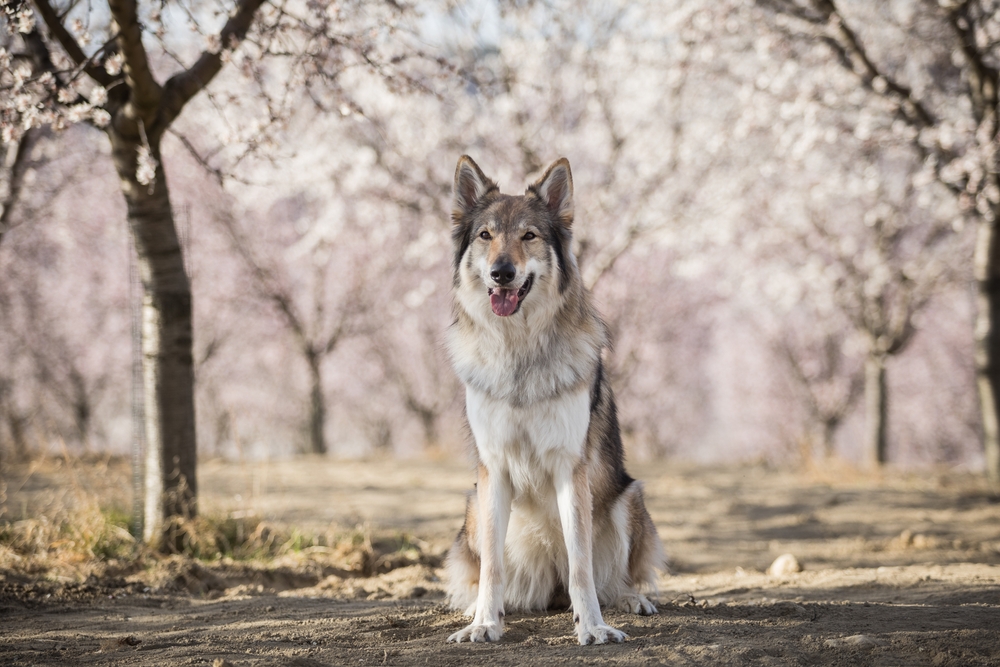
The Czechoslovakian Wolfdog is one of the most direct connections to wolves, as it’s a hybrid breed developed from Carpathian wolves and German Shepherds. This breed was initially created for military purposes but has since gained popularity as a companion dog. Their appearance is strikingly wolf-like, with sharp features and a lean build. They’re intelligent, energetic, and require plenty of stimulation to satisfy their wild instincts.
7. Tamaskan Dogs Look Like Wolves but Are All Dog
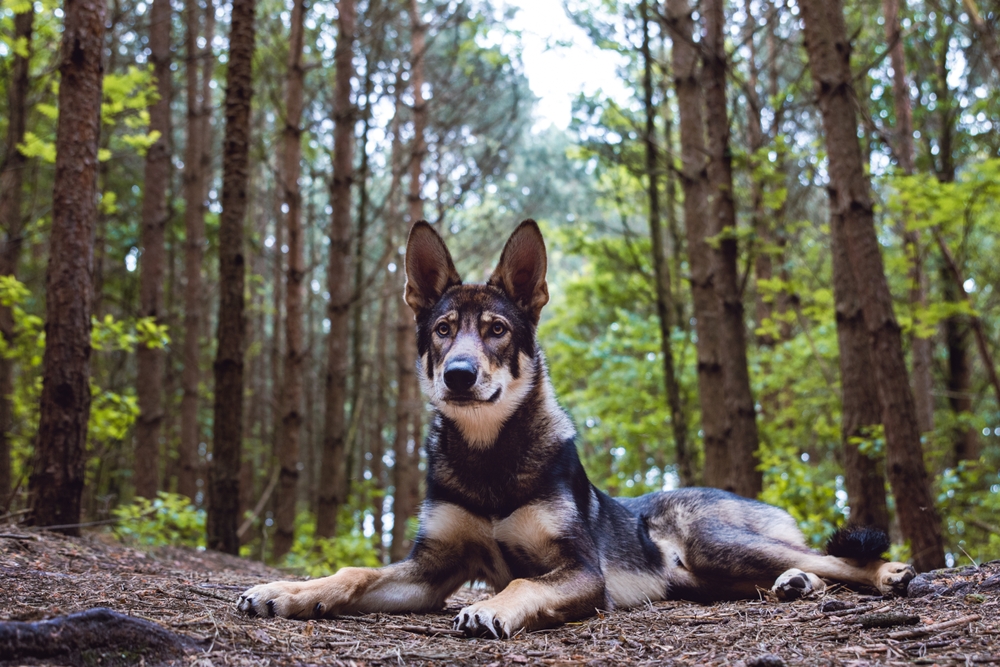
Tamaskans are a relatively new breed, specifically developed to resemble wolves without the wild temperament. Despite their striking resemblance to wolves, they’re incredibly social and friendly. They’re a mix of several breeds, including Siberian Huskies and Alaskan Malamutes, which explains their wolf-like features. Tamaskans thrive in active households where they can burn off their endless energy.
8. Utonagan Dogs Perfect the Wolf Aesthetic
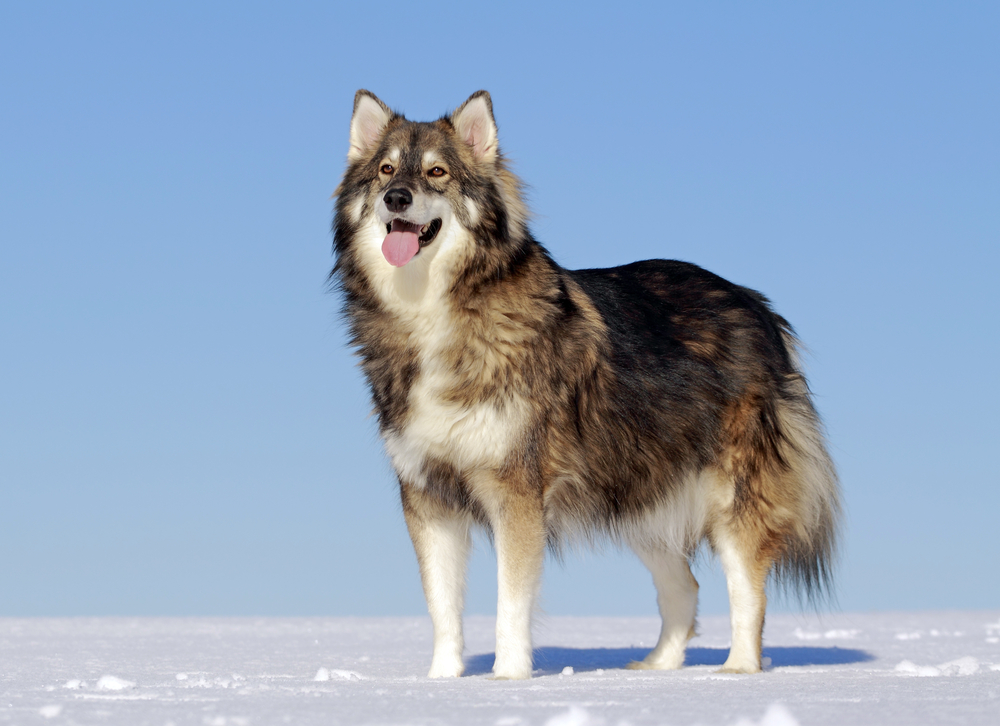
The Utonagan is another breed bred specifically to capture the beauty of wolves without sacrificing the reliability of a domestic dog. This breed has no direct wolf lineage but draws from Alaskan Malamutes, Siberian Huskies, and German Shepherds. They’re gentle, intelligent, and make excellent companions for families who love the outdoors. Their striking resemblance to wolves makes them a favorite for those who admire the wild aesthetic.
9. Saarloos Wolfdogs Are Part Wolf, Part Adventure
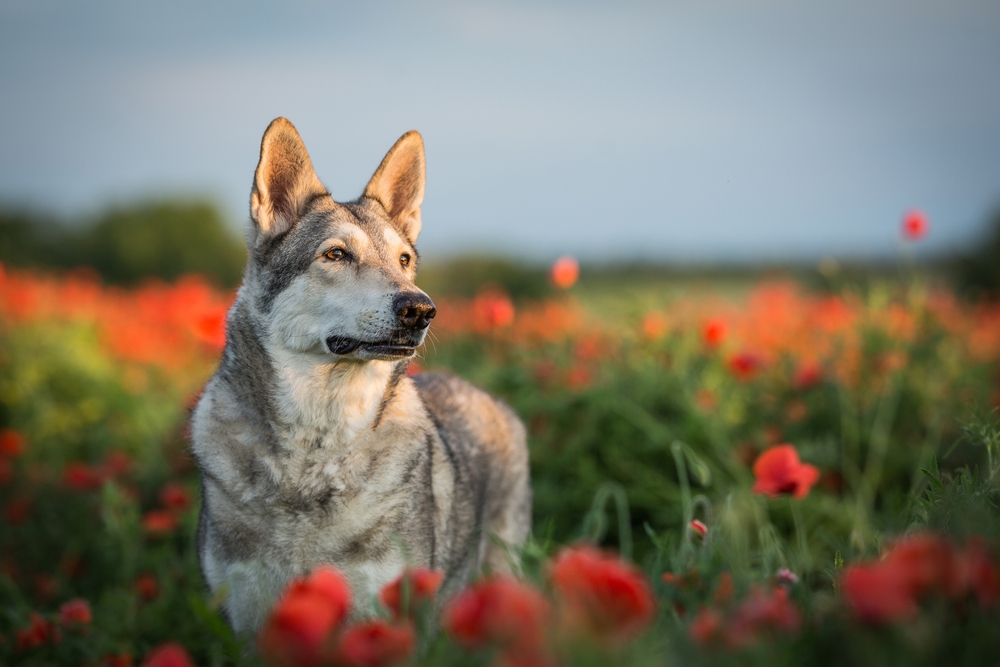
Saarloos Wolfdogs have an undeniable wolfish appearance, thanks to their partial wolf ancestry. This breed was developed in the Netherlands by crossing a German Shepherd with a European wolf. They retain many wild traits, including an independent and cautious nature. While they form deep bonds with their families, they require experienced owners who understand their unique needs.
10. Greenland Dogs Thrive in Harsh Arctic Conditions
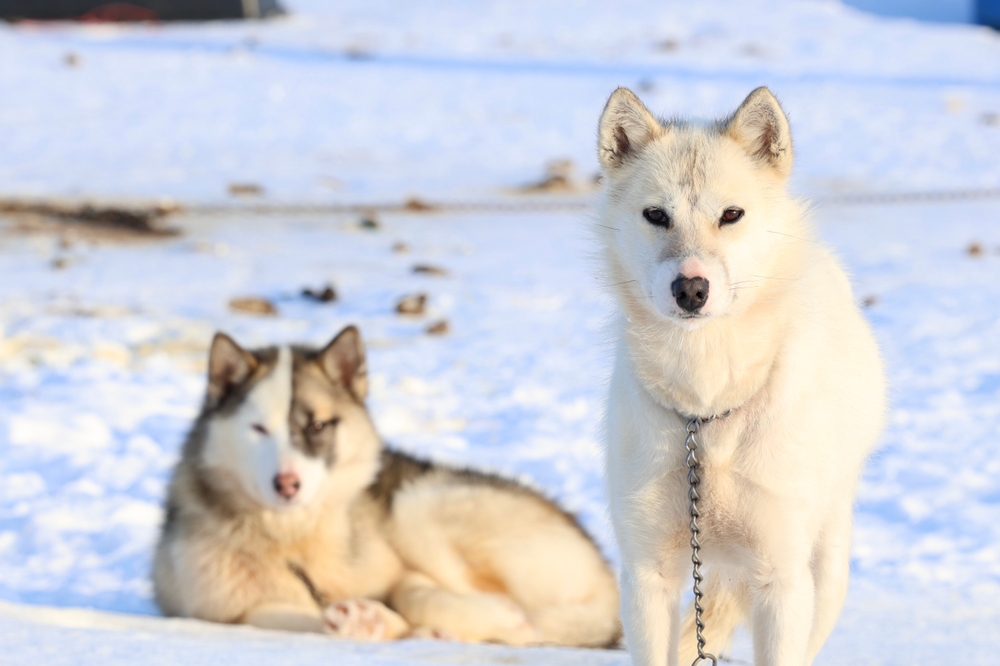
Greenland Dogs are ancient sled dogs that have worked alongside humans for thousands of years. Their thick fur, powerful build, and endurance are all nods to their wolf ancestry. They’re pack animals by nature and need a strong leader to guide them. Despite their tough exterior, they’re friendly and playful, making them great companions for the right owners.
11. Canadian Eskimo Dogs Hold Onto Their Primal Instincts
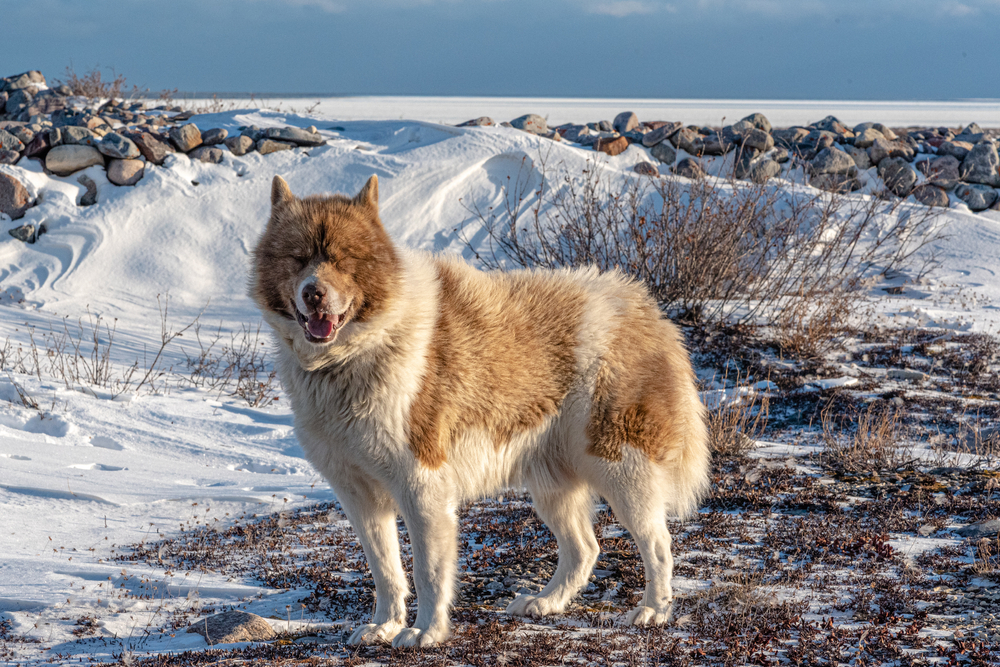
Canadian Eskimo Dogs are another ancient sled dog breed with a strong wolf-like presence. They were vital to Arctic communities, pulling sleds and hunting for survival. Their strong prey drive and pack mentality are reminiscent of their wild origins. These dogs are resilient and hardworking, but they also have a sweet side when surrounded by their human families.
12. Samoyeds Mix a Hint of Wolf with Pure Joy
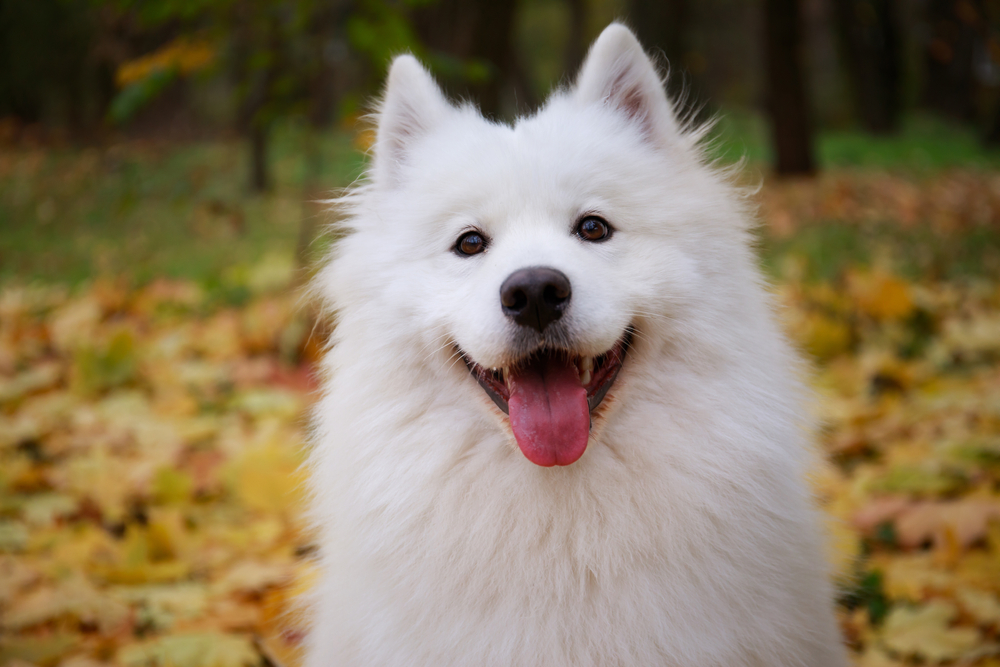
Samoyeds may not look as wolfish as some other breeds, but their lineage still ties back to wild ancestors. Originally bred by Siberian nomads, they were used for herding reindeer and keeping their humans warm in freezing temperatures. Their thick, fluffy coats and expressive faces hint at their northern heritage. Samoyeds are social, loving, and always ready to share their signature “Sammy smile.”
